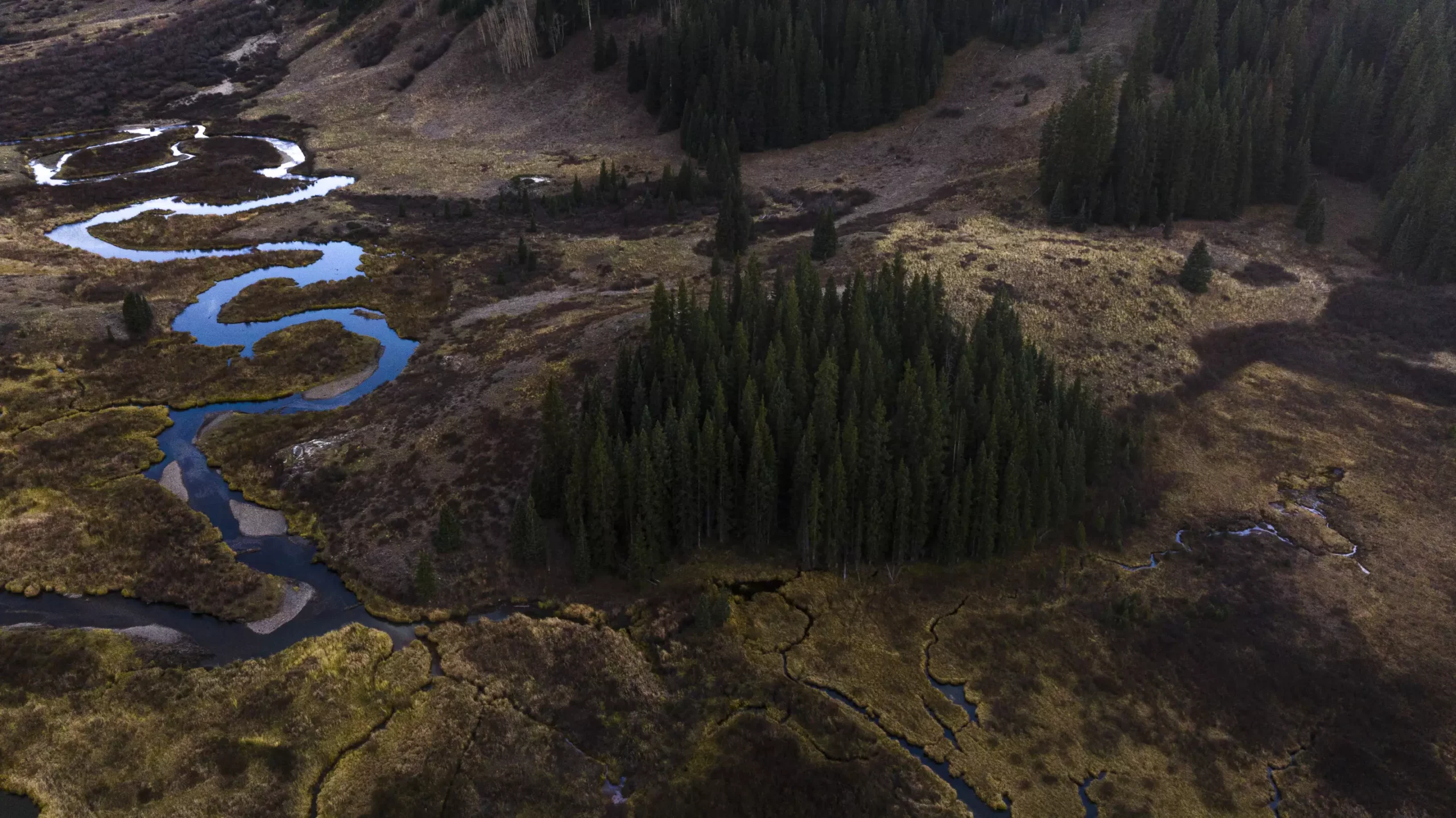The Colorado River, a crucial water source, serves millions across seven U.S. states and parts of Mexico. This river, along with its tributaries, is fundamental for hydropower generation, agricultural irrigation, and as a source of drinking water. The sustainability of this resource is heavily dependent on annual snowpack, which accumulates throughout winter and melts in spring. However, concerning trends observed since 2000 have left experts puzzled about the diminishing water availability.
Each April, water managers eagerly assess the snowpack to forecast forthcoming water supplies. Unfortunately, the forecasts have chronically overstated streamflow, with actual water flow frequently falling short of predictions. This disconnect has generated significant distress among water managers and researchers alike, igniting urgent investigations into the causes behind this growing water deficit.
Comprehensive research from the University of Washington provides valuable insight into this dilemma, revealing that a marked decrease in spring rainfall accounts for nearly 70% of predicted streamflow discrepancies. As the climate has warmed and dried over the years, less rain means that vegetation relies more on the melting snow for sustenance, resulting in diminished runoff into local streams.
The ongoing ‘Millennium Drought,’ officially beginning around the year 2000, coincides with the significant decline in spring precipitation patterns. Lead researcher Daniel Hogan emphasizes that the transformation of environmental conditions has dramatic implications. With fewer clouds and more sunny days, plants experience an intense growth spurt fueled by the available meltwater. The research thus underscores the need to analyze the entire snow season comprehensively, highlighting that a narrow focus on the snowpack’s peak levels can lead to critical oversights in understanding water availability.
Initially, scientists pursued the hypothesis that a process called sublimation—where snow transitions directly to vapor without becoming liquid—was to blame for the reduced water supply. However, it was determined that sublimation accounts for only a mere 10% of the missing water. This revelation prompted a more in-depth investigation into the seasonal dynamics at play.
The research team focused on the variations in 26 headwater basins within the Upper Colorado River Basin, examining historical data for streamflow and precipitation over several decades. Through advanced modeling techniques, researchers calculated the extent of water consumption by local vegetation. A pivotal assumption underpinned their analysis: plants were presumed to have abundant access to snowmelt, even during drier years, which dramatically affected groundwater levels.
The results indicated a concerning trend: all studied basins exhibited a decline in streamflow due to inadequate spring rain. The researchers discovered that basins at lower altitudes experienced a particularly acute shortage. This disparity is largely due to the earlier melting of snow in these regions, which prolongs the period during which plants extract water from the snowpack. Consequently, the plants’ increased water use leads to a significant reduction in streamflow, demonstrating the importance of both elevation and seasonal rainfall in managing this critical resource.
Recognizing spring rain as the key factor in streamflow predictions paves the way for further exploration into effective management strategies. Current investigations strive to ascertain whether remaining patches of snow can act as supplementary water reservoirs, gradually releasing moisture to support local vegetation. With the continuation of the Millennium Drought, these findings will become increasingly pertinent to water resource calculations made each April.
As experts work to refine their understanding of water dynamics in the Colorado River system, recognition of the pivotal role that changing climatic conditions play in shaping seasonal patterns will be essential for accurately forecasting water availability.
With growing uncertainties in water supply and sustainability, proactive measures must be taken to address the challenges presented by climate change and its effects on precipitation patterns. Greater collaboration among water managers, researchers, and policymakers can help devise strategies tailored to the arid future we may soon face. Understanding and adapting to these changes will be crucial for safeguarding one of the most vital resources and ensuring its availability for generations to come.



Leave a Reply